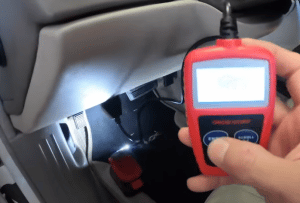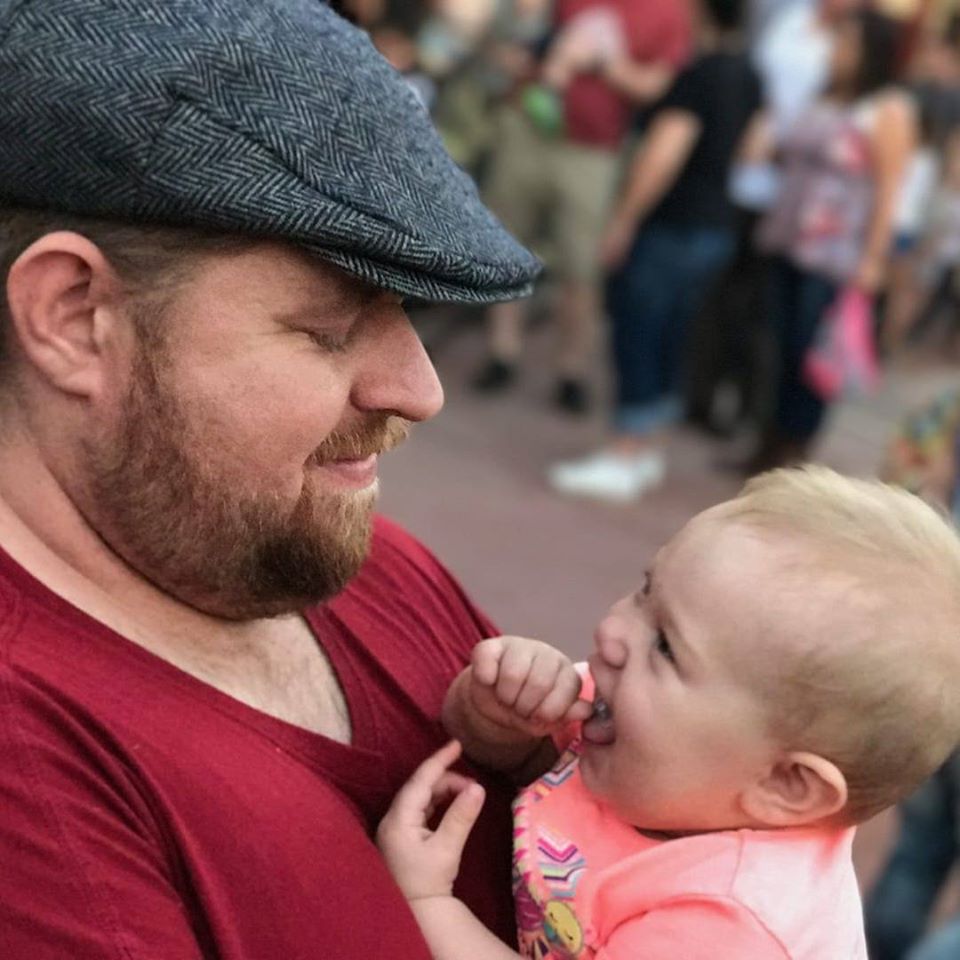As you’re reading this article, you might have wondered why your OBD2 scanner won’t connect even though it already has power. In other words, your OBD2 Scanners for Pajero won’t communicate with your car so there’s no way it can function. There are various chances of OBD2 being unable to connect with your car. Learn the causes and how to fix them below.
If you want to watch the video please see on YOUTUBE.
Why Won’t My OBD2 Scanner Connect?
OBD2 ports can have problems in communication, and it might be a pain if you encounter one. However, there would likely be one of three major reasons that cause it. There could be various possibilities that make your OBD2 port not work properly but the problems are typically related to the OBD2 fuse, aftermarket system,
1. OBD2 Port’s Fuse Is Blown-Out
When one OBD2 port won’t communicate, the blown fuse is undoubtedly the winner based on the dominant number of the cases. The fuse that has been blown out blocks the contact between the scan tool and device so there would be no communication.
At this point, using a cigarette lighter to check the onboard diagnostic system is an excellent option. OBD2 becomes unable to communicate properly once that fuse of the lighter port has been blown out. Therefore, you can begin testing your lighter port.
It is common for car systems to use the cigarette lighter as a means of communicating with scanners or other diagnostic tools. Once the fuse has been burnt, its inner would be roasted/blackened and can’t be attached so it will fail the connection.
2. Data Link Connector Has Been Damaged

Generally speaking, the Obd2 Scanner With Live Data cannot connect to your vehicle because the DLC has been damaged or something has interfered with it. For example, the DLC may be destroyed or burned, it could be used to charge a device, or it could be put into an electrical outlet.
That OBD2 port collects data from the computer of your vehicle via DLC. Therefore, once the corresponding port cannot communicate, it is almost certain that the DLC is severely damaged or malfunctioning. Repairing such issues typically necessitates the services of an experienced specialist.
3. The Disturbance of Third-Party/Aftermarket Devices
Other third-party devices are powered via the OBD2 and DLC port. These include radios, surveillance cameras, and communications systems. An OBD2 scanner becomes unable to establish communication with the ECU during the initializing process if it detects modification or intervention. That’s when the third-party devices are still connected and take over the port’s functions.
Generally speaking, if your DLC and fuse are working properly, it’s most likely this one that’s causing your OBD2 to stop communicating. Detaching these third-party systems would be the basic troubleshooting you can do.
What to Do When OBD2 Doesn’t Connect
If the OBD2 Scanner for Jaguar won’t connect to your vehicle, you’d need to take action but they have to be the correct ones. You can try some troubleshoots below based on the problems we’ve previously explained above.
Check and Test The Lighter Port
If your scanner can’t communicate despite the presence of power, that’s typically the blown fuse. In this case, you may wish to look in the lighter port of your vehicle. This way, you may physically check the fuse and don’t hesitate to replace it if it actually blows out.
Check The Third-Party Device Installation

It’s highly recommended to double-check the wiring of systems coming from the aftermarket or third parties that you have, as they can generate issues once not installed correctly in the corresponding port. The disturbance caused by these systems could be very annoying.
Checking these connections will make sure that the onboard diagnostic computer’s power and network won’t be disturbed by those third-party installations.
Resolving Obd2 Connection Failures
“Obd2 Has Power But Won’t Connect” is a common problem. If you’re experiencing an issue where your OBD2 device has power but won’t connect, there are a few possible reasons and troubleshooting steps you can take. We just try out to give some solution. Please see a video related to Obd2 Has Power But Won’t Connect.
Get Help from Manufacturers or Professionals
As the problem with the OBD2 port still persists after those troubleshoots, you may wish to seek assistance from your auto dealer or the service center for your device.
Having mechanics and experts on hand in case the OBD2 systems fail is a good idea. They can also perform some analysis using the OBD generic tool they provide. In the end, they’ll typically connect the DLC and take other actions to fix the problems with OBD 2 communications.
Get through any service plans and cautions for monitoring systems and OBD computers. Get in touch with your local service center or dealership using the VIN number on your vehicle.
FAQs
Why is my obd2 port not communicating?
The most common causes of communication problems are connector voltage fluctuation, incompatible communication protocol, defective or missing data, a hung ECM, or OEM-updated ECM software that the OBDII scan tool can’t recognize.
Are all obd2 connectors the same?
Except for the battery ground at pin 4 and battery positive at pin 16, all OBD-II pinouts utilize the same identical connector.
Does the OBD2 port have constant power?
Scan tools, dash cams, or other systems can be powered continuously when plugged into the OBD-II port of a car. This will keep those devices or systems running even when the car is parked and the ignition is off.
Will OBD2 work if the car won’t start?
You’re still able to use an OBD2 scanner to see if there are any DTCs stored in the DTC memory if the car is cranking but won’t start. This way, you might still be able to obtain information about what’s wrong with the vehicle.
What is a DLC?
Scan tools can communicate with a vehicle’s control modules and live data streams via the data link connector (DLC), which is a 16-pin diagnostic connection port found on many vehicles with OBD II compatibility.
Conclusion
So, to summarize, the OBD2 is a vital tool for auto diagnostics. Because of this, it can be a real problem if communication is lost. OBD2 problems can be fixed most effectively by taking them to a mechanic. But if you know your way around the various causes, it would be more efficient in the long run.

As a mechanical engineer, it’s easy for David to explain the functionality of the tool. David test most of the tools before writing a review. its help him to learn something new and suggest the best product for you.





